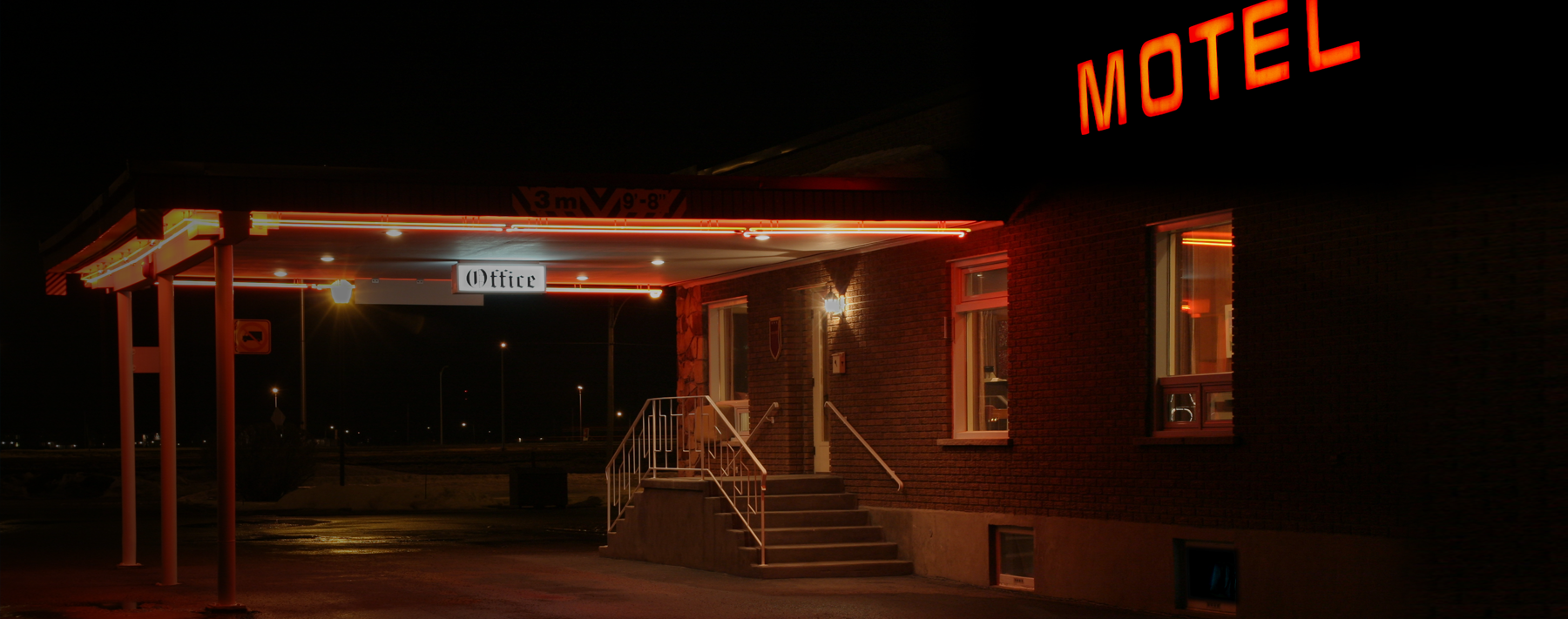
Gordon Graham here. Thanks for taking the time to read more about real risk management. In this iteration, I will cover Family Three—Strategic Risks.
First, a bit of a teaser: This family of risks is of great concern to me because if it is not taken seriously, it can threaten the very existence of your organization.
Strategic Risk Management requires looking into the future and identifying the risks that may cause your organization to be “redundant” or “unnecessary,” resulting in the demise of your specific organization/department/agency—or perhaps even your entire profession.
Buggy Whips and Summer School
Throughout history, we have seen people who did not look into the future, and as a result, their livelihood disappeared. Just in my lifetime, I have seen countless demonstrations of very bad outcomes due to a failure to think strategically.
You have probably heard a joking reference to “buggy whips” and the demise of that industry. Prior to the rise of the automobile, people moved around in carriages pulled by horses. The driver used the buggy whip to direct the performance of the horses during the movement of the carriage.
With the advent of the automobile in the late 19th century, this product was no longer needed in high volume, and the business collapsed. Except, that is, for the few companies who recognized they were not in the buggy whip business, but rather in the “transportation” or “equestrian” industry (both much bigger markets). Those forward-thinking companies developed other products to fit customer needs in those markets.
I had my own early experience with strategic risk management. Back in the early 1960s, my mother was concerned that “an idle mind is the devil’s playground,” so I had to go to summer school. Summer school was a code phrase for “you are so stupid that you can’t move with your class until you get Cs, and that requires you to go to school during your vacation.” I was doing well in school, so I did not need remediation. But Mom enrolled me in typing classes.
For those of you who weren’t around then (and I do not say this to be disrespectful or sexist), typing was regarded as a girls’ class, because at that time typing skills were necessary for a young woman to get a job as a secretary or other administrative assistant—which, in many cases, were the only opportunities available to her.
So I dutifully sat in the class of 20 students (19 of whom were female) and learned to type. On my school Remington with blank keys (commonly used to teach touch-typing) I could soon type 50 words per minute—which was, I might add, faster than some of the girls!
Although I didn’t see it then, in retrospect I view my mom as a strategic risk manager. Typing is a skill I use every day. Sure, the hardware changed over time—the typewriter became the word processor which in turn became the personal computer—but the skill persists. Long before I needed to type, my mom saw the value in developing that skill.
Strategic Risks to Public Safety
Some of you will remember other products that went the way of the buggy whip, including the VCR, the pay phone, the Yellow Pages, Kodak film—there are countless others.
But it’s not just products—it’s also services. I was getting my car smog-tested the other week and wondered (not out loud) how much longer will smog testing exist. How long before these high-tech cars will monitor and report their own emissions?
Similarly, I was recently talking with a retired detective from San Francisco Police Department and he jokingly commented about the impact Craig’s List (and other social sites) has had on the world of “madams and pimps.”
Strategic Risk Management requires looking into the future
and identifying the risks that may cause your organization
to be redundant or unnecessary.
So what does all this have to do with public safety? First, let’s consider the fire service. My guess is that if you were to create a fire department today, you would not call it the “fire department” but rather an “all-risk department”—because that name better reflects the evolving nature of the calls firefighters respond to. Technological advances such as smoke detectors and sprinklers, as well as comprehensive building and safety codes, have drastically reduced the incidence of fire. Smart people in the fire service identified this strategic risk back in the late 1960s and started to move into EMS operations. Today, EMS calls make up 80 percent or more of many fire department call loads.
And the evolution continues. Today, smart people in the fire service recognize that the lessons from Who Moved My Cheese (Johnson and Blanchard) are applicable to them and now they are moving into the role of community health providers, addressing medical issues before they manifest in an event that requires an EMS response.
With respect to law enforcement operations, I am concerned with four strategic risks:
- Regionalization: As I travel around the United States, I see a lot of regionalization in dispatch operations, jail operations, SWAT, vehicle and equipment purchasing and maintenance, and many others. Have you considered this approach and how it might change your policies and procedures?
- Technology: The “tech” stuff is truly changing our job, from predictive policing to crime analysis. Are your recruitment efforts and your job descriptions keeping pace? Are you looking for officer candidates with different educational backgrounds?
- Outsourcing: I saw this coming in the mid-80s with the Freeway Service Patrol in downtown Los Angeles. My cops were ecstatic that they did not have to help people who had broken down, but simultaneously some smart people were asking, “How many other things does the CHP do that could be done by non-sworn (read: less expensive) personnel?” Agencies need to be asking themselves the same question.
- Consolidation: Combining police services across communities, or combining police and fire, is often touted as a cost-saving measure. If the consolidation wave overtakes your community, how will that change what your department does and how it does it?
What Does Your Future Look Like?
You must start looking into your future and, more specifically, the future of your department. For too many people in public safety, the future is “Friday” and the distant future is “next Friday.” I encourage all of you to get involved in a “futures thinking group.” A quick Google search will show you all sorts of groups, some specific to government and many others more general in nature.
For my law enforcement friends reading this, I encourage you to visit the Police Futurists International website. Some of the contributors to this site were talking about things in the early 90s that were dismissed as “idiocy” then, but are now viewed as ahead of their time.
In my next article, we’ll start to delve into the vast expanse of Family Four—Organizational Risks. Until then, please start thinking about how risk management can help you improve the quality of your operations.
TIMELY TAKEAWAY
In this article, I make reference to an excellent book. I have a reading list of books on risk that I would love to share with you. Please contact me or your Lexipol representative to get a copy of that list.




